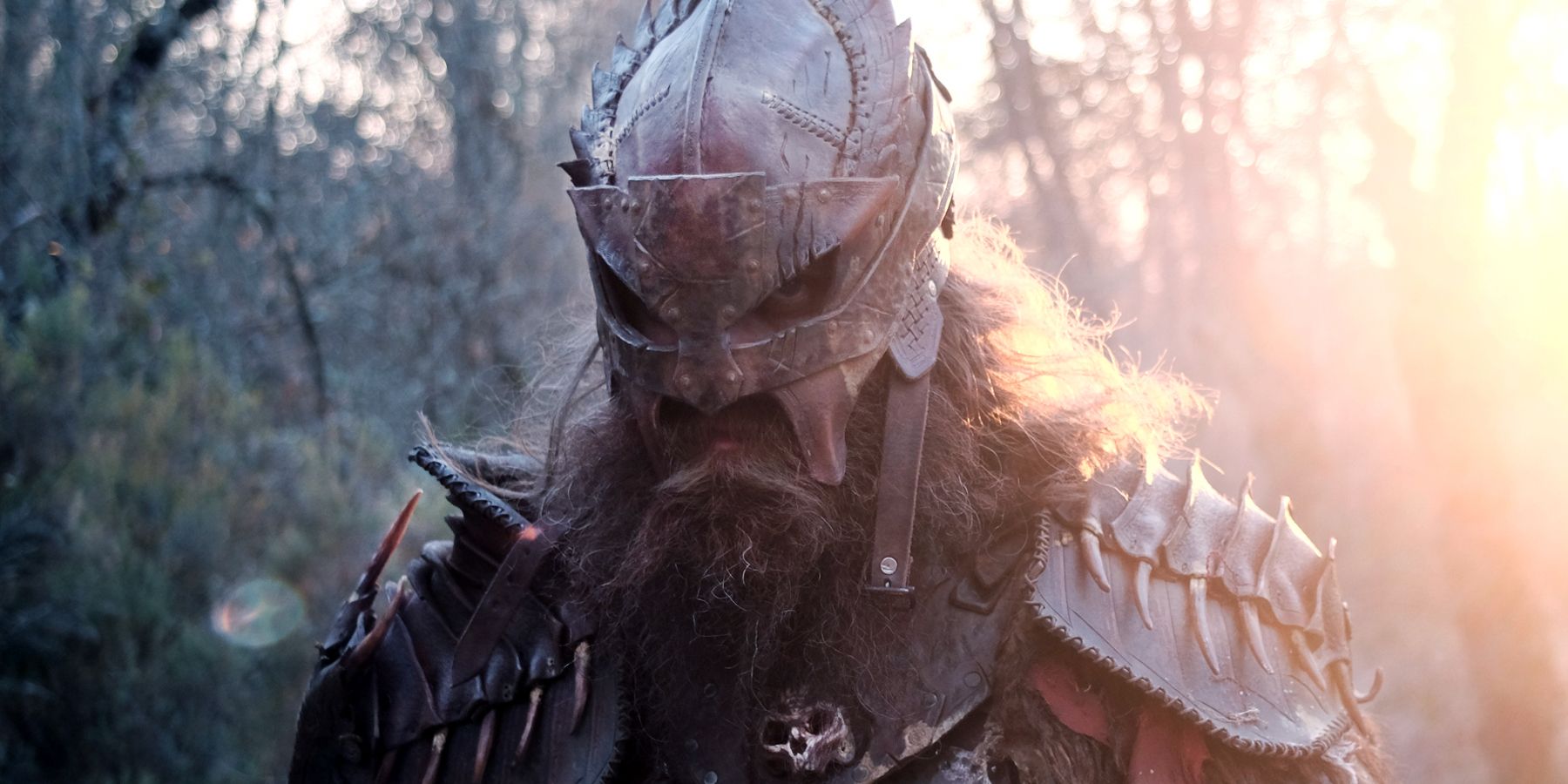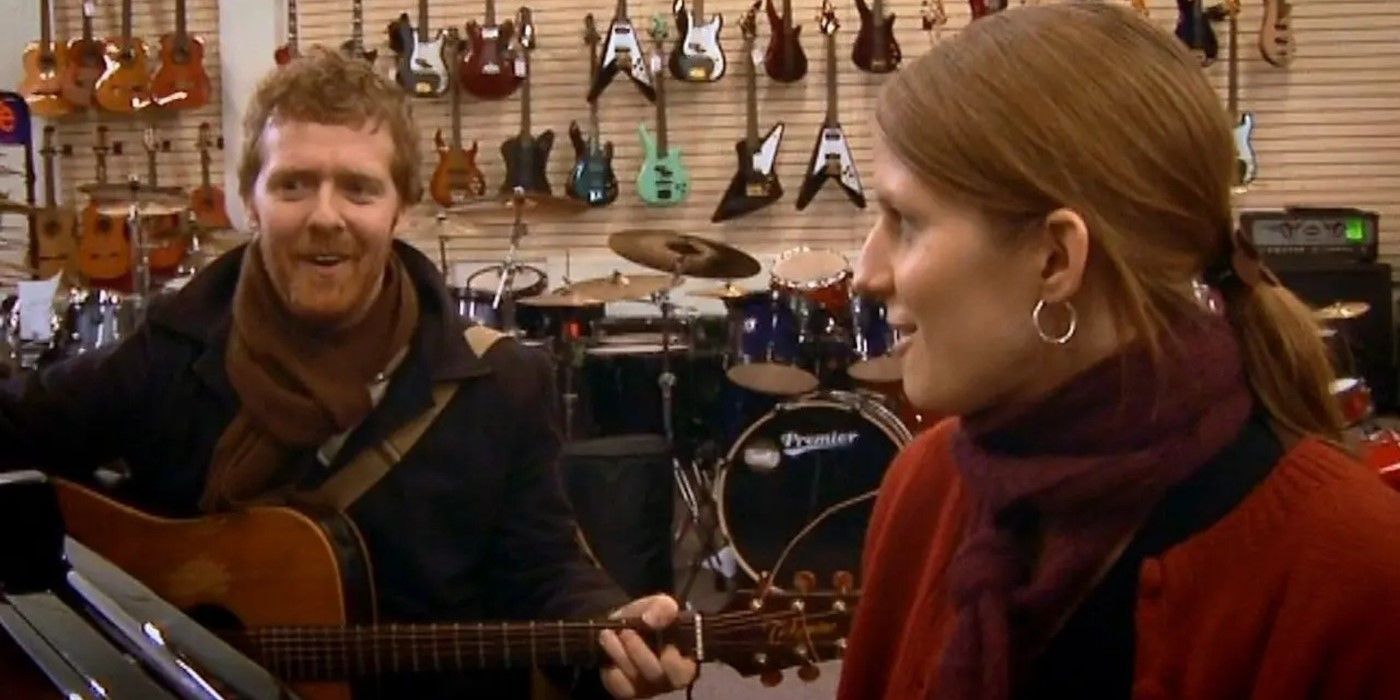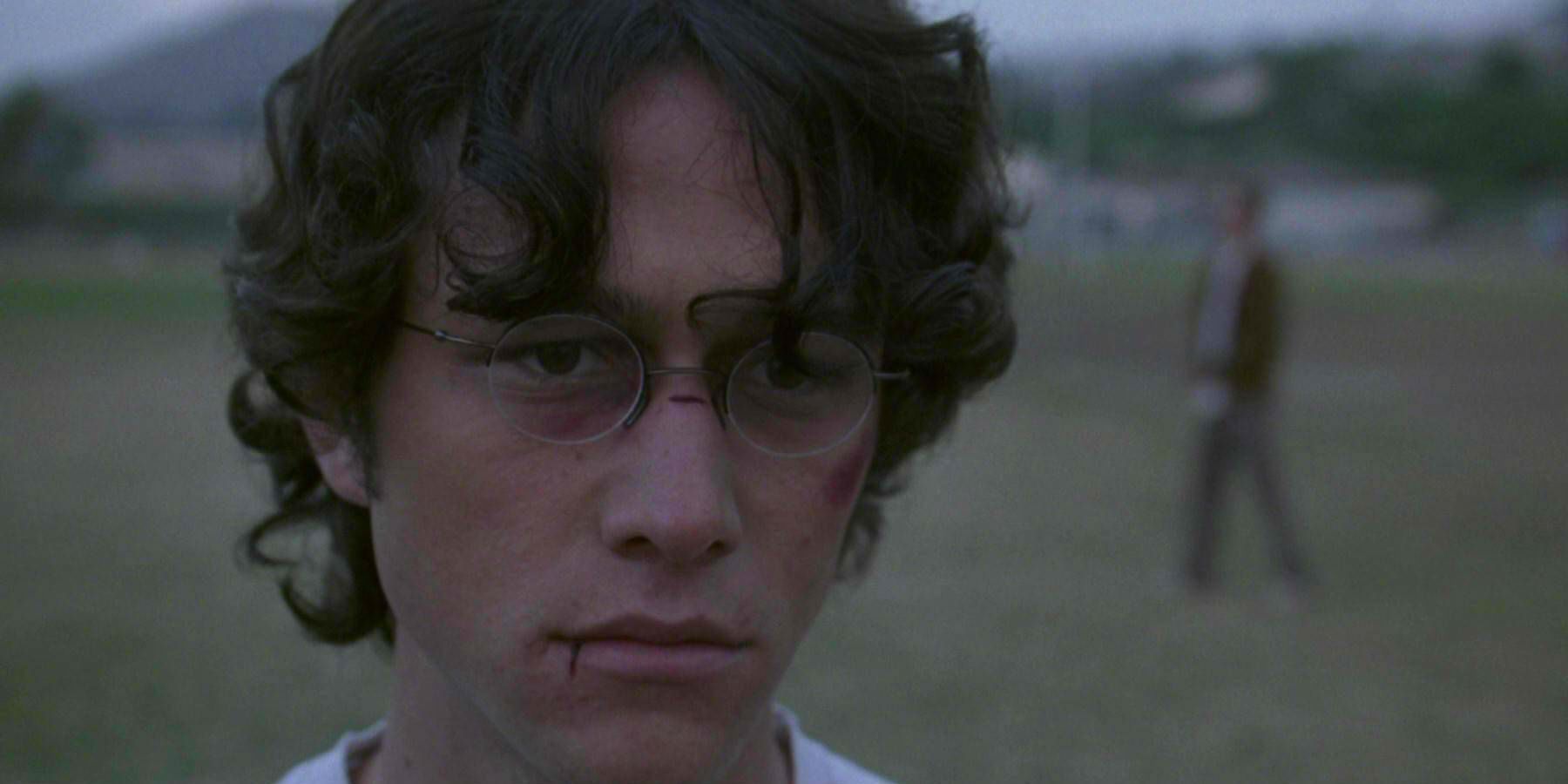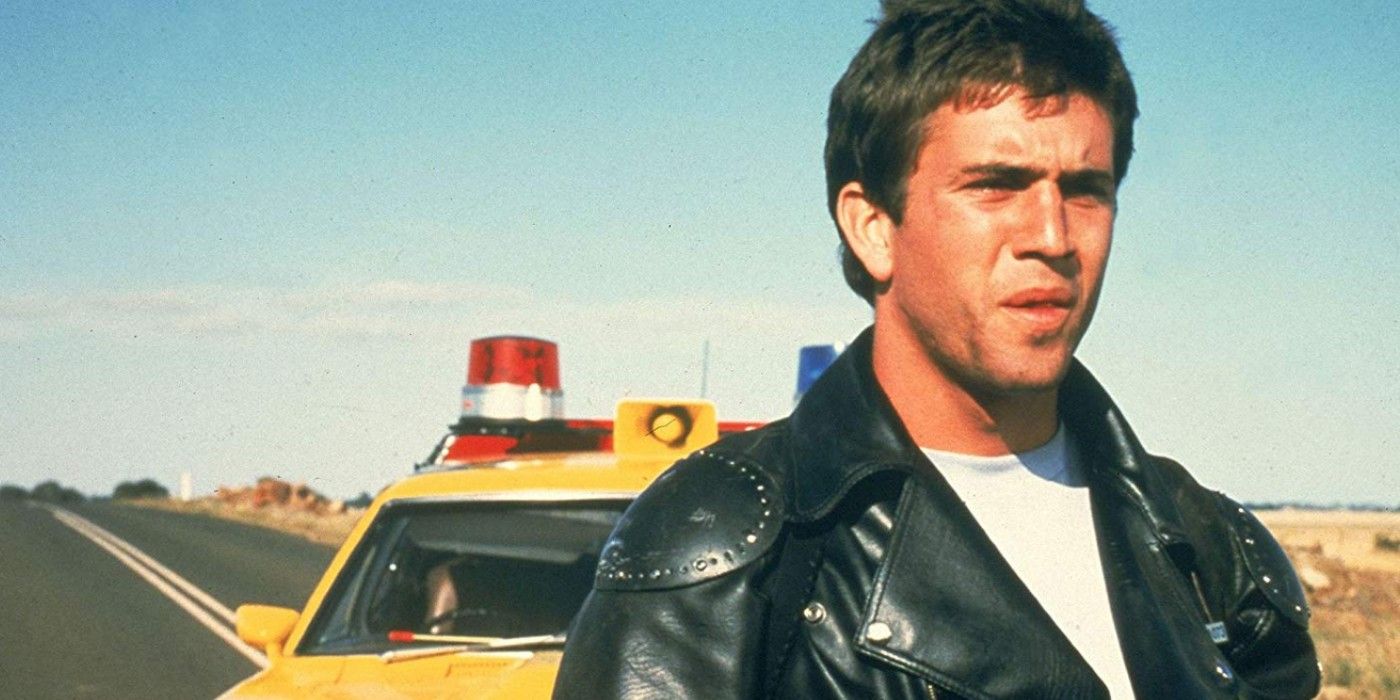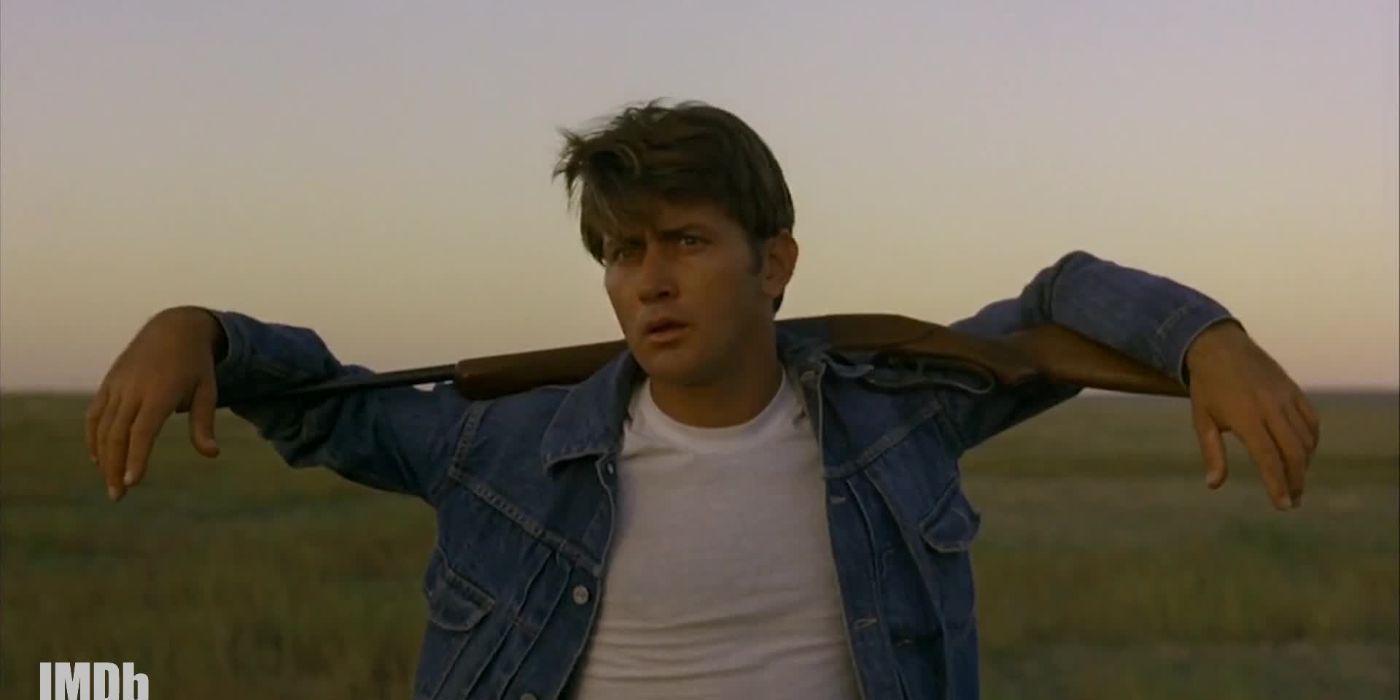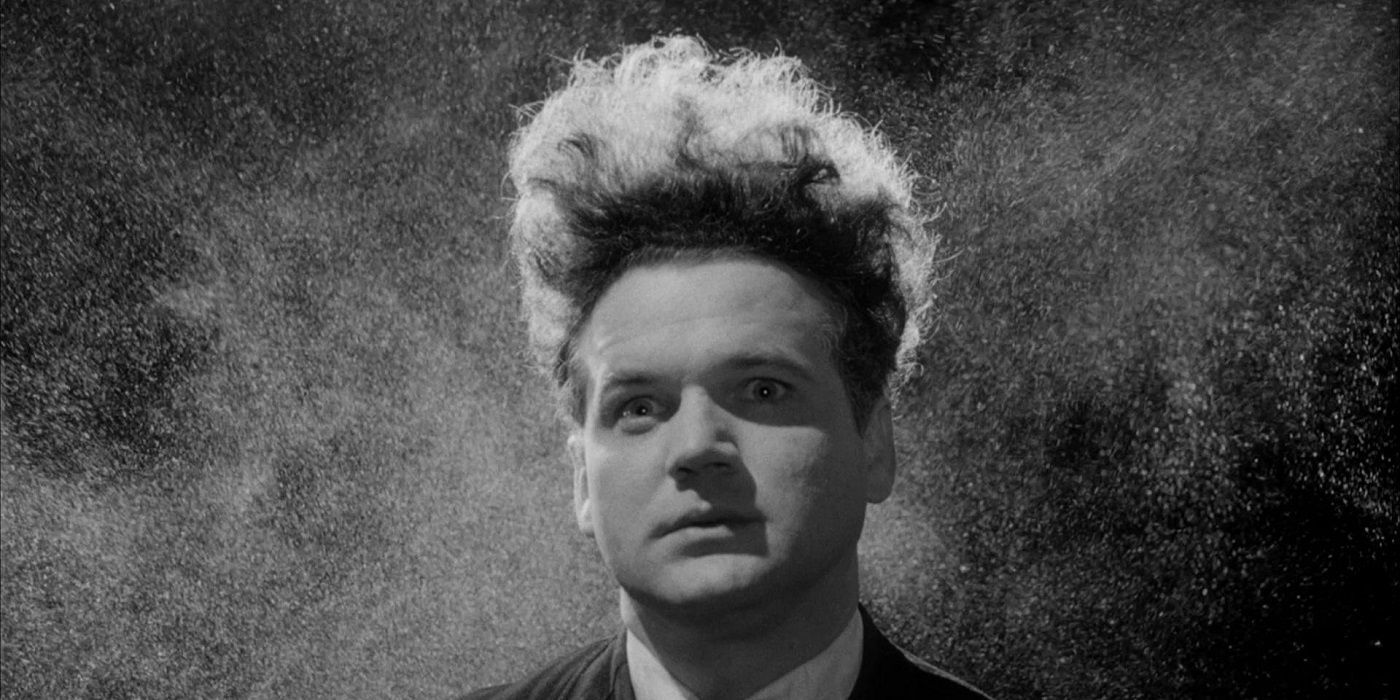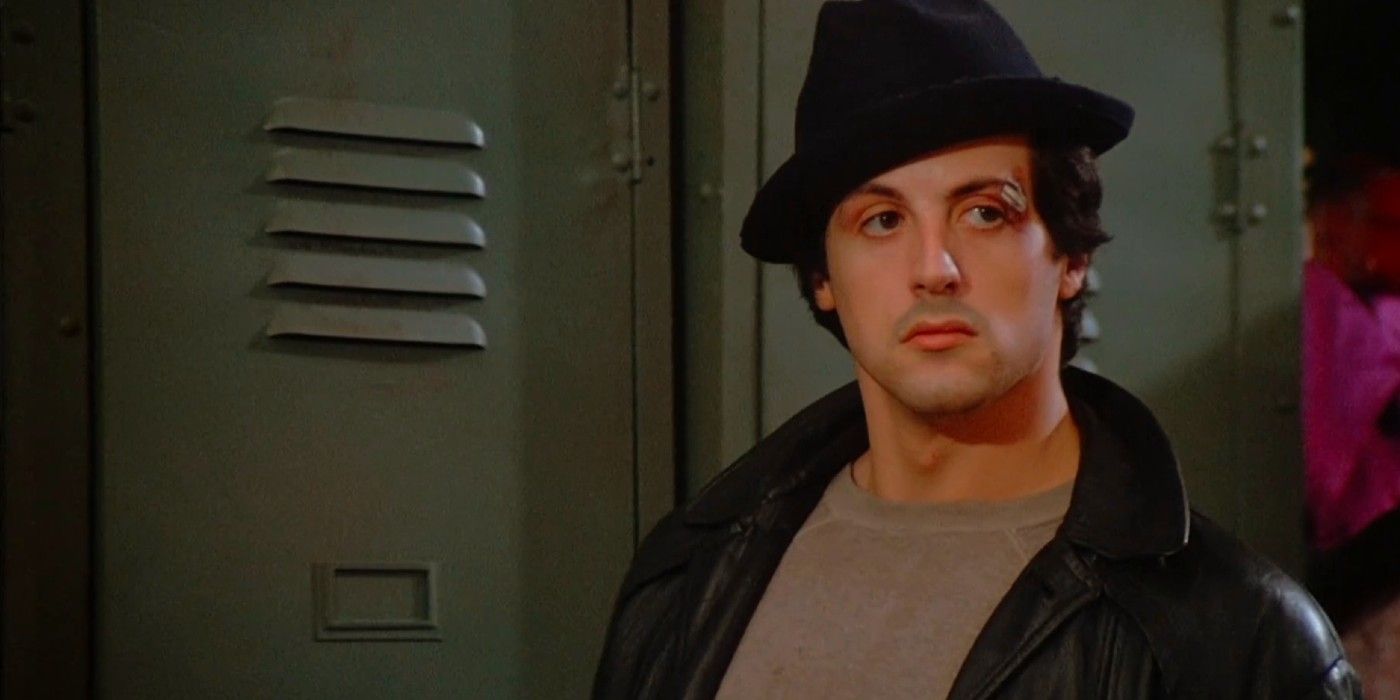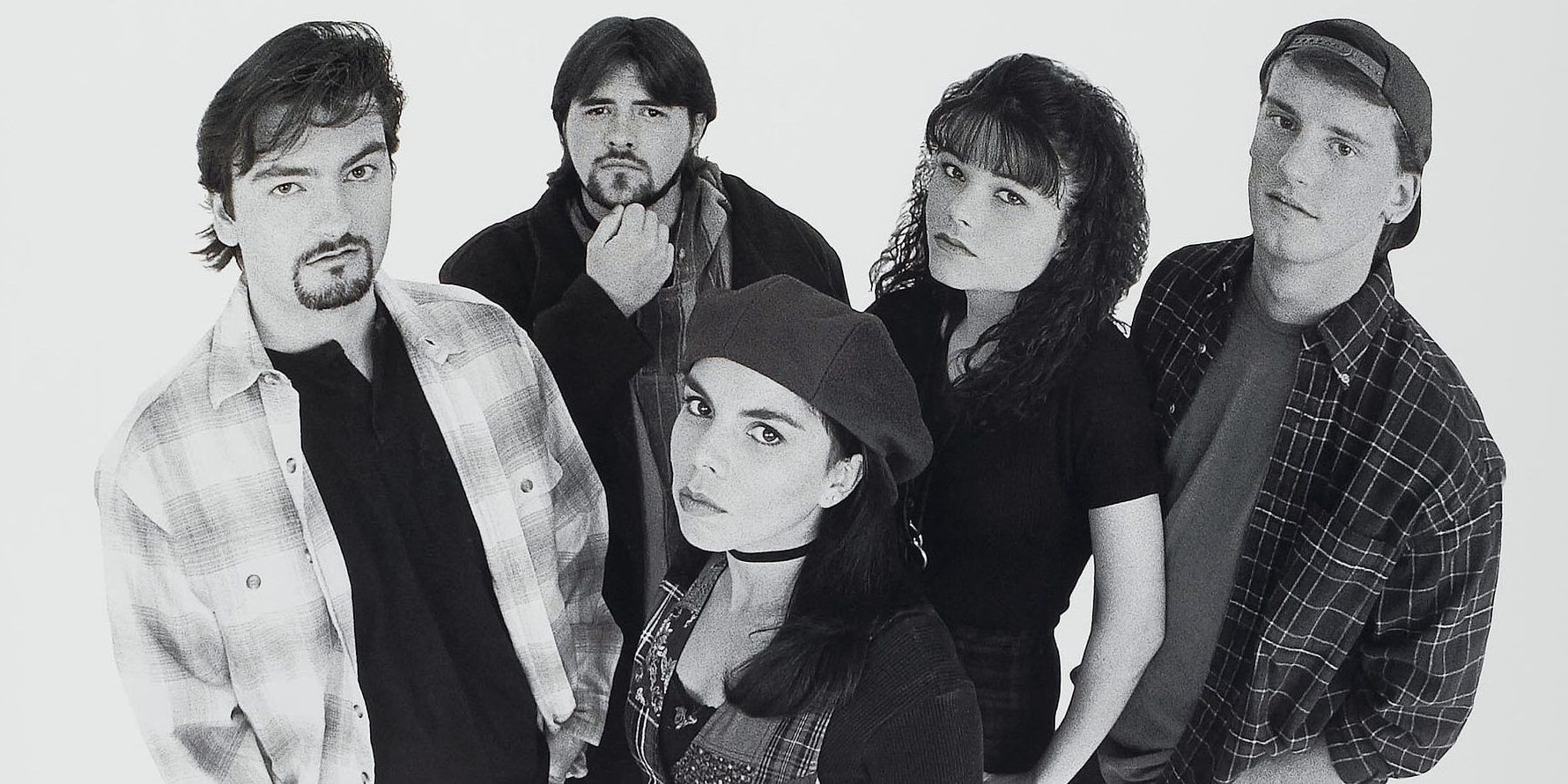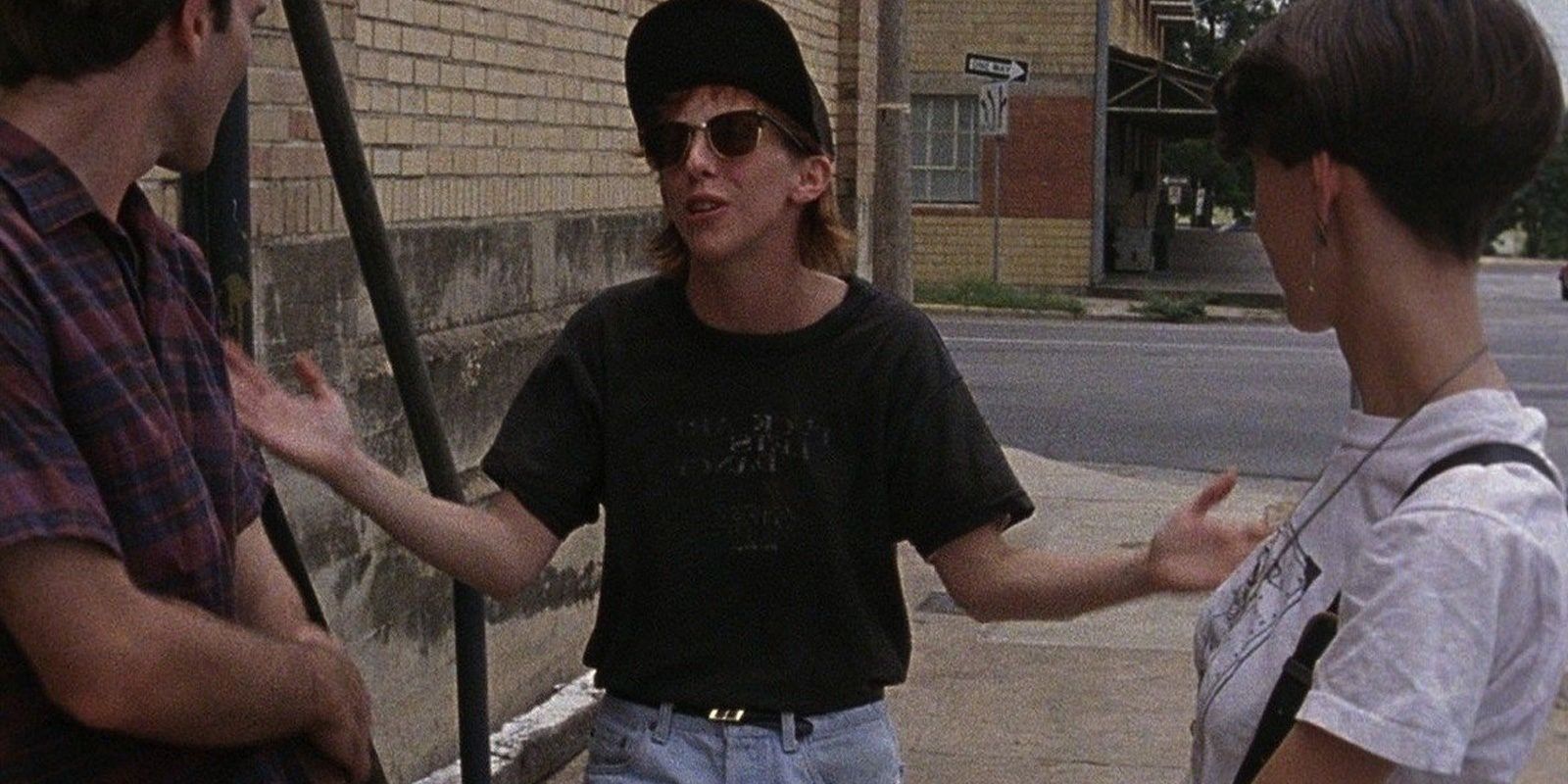
9 Unbelievably Low-Budget Movies That Defied Expectations

A look at the incredible movies that have been made for under $1 million, defying expectations and proving that great cinema doesn't always come with a hefty price tag.
The Head Hunter (2018)
Overflowing with imagination and suspense, The Head Hunter was a shocking discovery made on a budget of just $30,000. The film follows a bounty hunter for a local kingdom waiting for the return of a creature who killed his daughter. With stunning cinematography, a brooding atmosphere, and a compelling performance, The Head Hunter rose above its fantasy B-movie genre to produce a refreshing piece of suspense that showcased just how far an imaginative and talented filmmaker could stretch a limited budget.
A still from the 2018 movie The Head Hunter.
Once (2007)
An Irish romantic musical, Once was made with the help of the Irish Film Board on a minuscule budget of €150,000. The sheer power and beauty of its simple story helped the film succeed at the box office and earn over $23 million worldwide. Propped up primarily by its exceptional music, Once won the Academy Award for Best Song for the track 'Falling Slowly.'
Glen Hansard and Markéta Irglová In Once - Hansard is playing guitar while she looks on
Brick (2005)
The directional debut of Rian Johnson, Brick was a neo-noir mystery starring Joseph Gordon-Levitt. Set in modern times and following high-school student Brendan Frye, Brick took the conventional of a hard-boiled detective story and embedded it with a contemporary and engaging energy. To get Brick made, Johnson invested his own money and convinced friends and family to contribute. Eventually, Johnson had the $450,000 he needed, and Brick grossed $4,243,996, almost ten times its initial budget.
Joseph Gordon Levitt with scratches on his face in Brick
Mad Max (1979)
George Miller’s futuristic dystopian action movie Mad Max was produced for between $350,000 and $400,000 and starred Mel Gibson as a police officer turned vigilante in the midst of total societal collapse. While Mad Max received a mixed reception when it was released, it helped popularize Australian New Waves films, made more than $100 million worldwide, and set the Guinness World Record for the most profitable film ever. Mad Max became a major franchise that continues to this day with the upcoming 2024 release of Furiosa: A Mad Max Saga.
Mel Gibson in George Miller's Mad Max 1979
Badlands (1973)
The low-budget directorial debut by acclaimed filmmaker Terrence Malick, Badlands starred a then-unknown Martin Sheen and Sissy Spacek. To finance the movie, which told the story of a 15-year-old who goes on a killing spree with her partner, Malick initially raised $250,000 for a troubled production that saw several crew members injured in an on-set explosion. One of the defining movies of the 1970s, Badlands was categorized by a strong script, awe-inspiring cinematography, and engaging performances that acted as the genesis for Malick’s varied and idiosyncratic career.
Martin Sheen in Badlands
Eraserhead (1977)
The surrealist body horror Eraserhead was the film debut of director David Lynch which he developed for six years and made on a budget of approximately $100,000. An impressive feat of nightmarish filmmaking, Eraserhead was a movie that divided audiences due to its creepy visuals and deeply alienating existentialist themes. Starring Jack Nance as Henry Spencer, a man left to care for a deformed child surrounded by a depressing landscape, Eraserhead has elements of odd comedy and laid the groundwork for the career of David Lynch, a director unmatched in Hollywood for his odd and unique style.
Jack Nance in Eraserhead
Rocky (1976)
The first Rocky movie was a box office smash and the highest-grossing movie of 1976, earning $225 million. This was all the more impressive as it was made on a budget of $860,000 and based on a screenplay that its star Sylvester Stallone wrote in just three days. By all accounts, Rocky was a triumph and paved the way for sequels, spin-offs, and a $1.8 billion franchise.
Rocky Balboa (Sylvester Stallone) standing by lockers in Rocky (1976).
Clerks (1994)
Kevin Smith’s black-and-white comedy Clerks was perhaps the most famous example of an independent filmmaker putting it all on the line to get their movie made. Exploring one working day for two convenience store employees, Smith maxed out ten credit cards and pawned his comic book collection to raise the $27,000 budget of the film. A resounding success, Clerks made over $3 million at the box office and acted as the inception of Smith’s View Askewniverse which saw his characters, like Jay and Silent Bob, appear across the majority of his films.
The full cast of Clerks
Slacker (1990)
A meandering comedy-drama by future School of Rock director Richard Linklater, Slacker was a low-budget slice-of-life narrative that followed a single day in the life of a wide variety of Generation X slackers. With a budget of just $23,000, Slacker was a testament to the idea that anybody could make a film if they had a good idea and were determined enough, and acted as the starting for the independent filmmaking movement of the 1990s. Slacker stood outside the conventions of mainstream cinema and featured UFO buffs, JFK conspirators, and those on the social and political fringes of American society.
Main characters in Richard Linklater's Slacker standing outside and talking
